As we discussed in our “5 challenges to anticipate in export sales” article, language barriers, cultural differences, climate conditions and the political and legal environment of your chosen target market can directly influence your chances of international marketing success. Ultimately, overcoming these challenges requires a well-thought-out export marketing plan which serves as your guide to achieving your international marketing targets. A critical step in your export marketing plan is identifying the right target market through efficient research. This article focuses on how the economic environment of a foreign market impacts your marketing decisions and the factors you should assess.

Assessing the Economic Environment when Marketing for Exports
A market researcher attempting to estimate demand for a product in a particular country must consider factors such as the general economic outlook, employment levels, and the level and distribution of income.
How does the Economic Environment Impact International Marketing?
Ideally, you would like to devote your international marketing resources to a foreign market with the most opportunity for your business and product. By familiarising yourself with the economic environment of a particular foreign market, you can identify a suitable product market fit. For example, a country with a negative economic outlook, high unemployment and a low-income level would probably not be an ideal market for a luxury goods brand. Conversely, a country that is expected to enjoy rapid economic growth, increased employment, and higher-income levels could be the ideal market to implement your international marketing efforts. One factor that provides an exporter with some immediate insights into the economic environment of a particular country is whether the country concerned is classified as developed or developing.
Developed vs Developing Countries in International Marketing
The relative wealth and level of development of different countries, the purchasing power of the people, and the sophistication of the financial sector will be key considerations for an exporter. Developed countries tend to have better infrastructure and higher purchasing power but are far more competitive. Developing countries tend to have low-income levels, high inequality, and varying levels of financial infrastructure. However, many developing countries in the world are experiencing higher levels of economic development than several developed countries and could be the ideal opportunity for your business and product.

Assessing the economic environment of a particular country gives you valuable insights into the opportunities available for your product. However, several factors must be considered to ensure that you match your business and product with the right foreign market. Thankfully, Trade Forward Southern Africa, in collaboration with the International Trade Institute of Southern Africa, has created the TFSA School of Export to get you started on your export journey. The TFSA School of Export has an extensive library of export-related E-learning, including training on marketing for exports, international marketing research considerations and how to get your business export ready. Click the links below and sign up for Free. Join our community, and let’s grow together.
To sign up to the School of Export CLICK HERE.
If you already have a profile, CLICK HERE to login to begin the module.
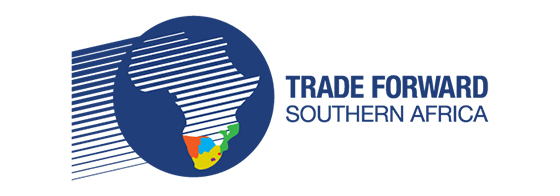
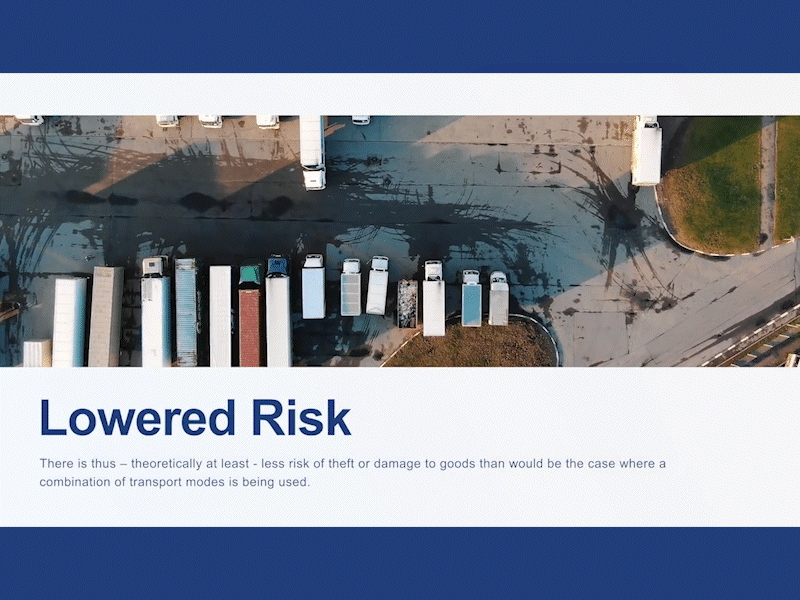
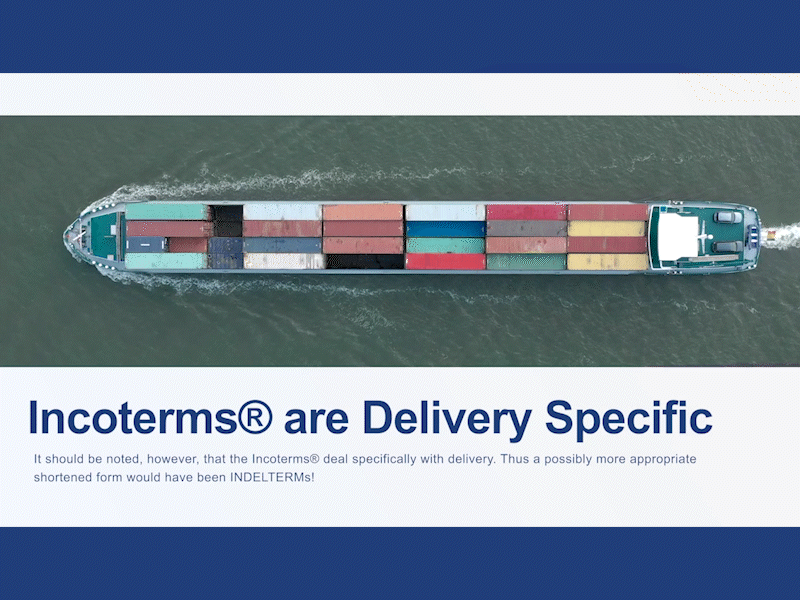
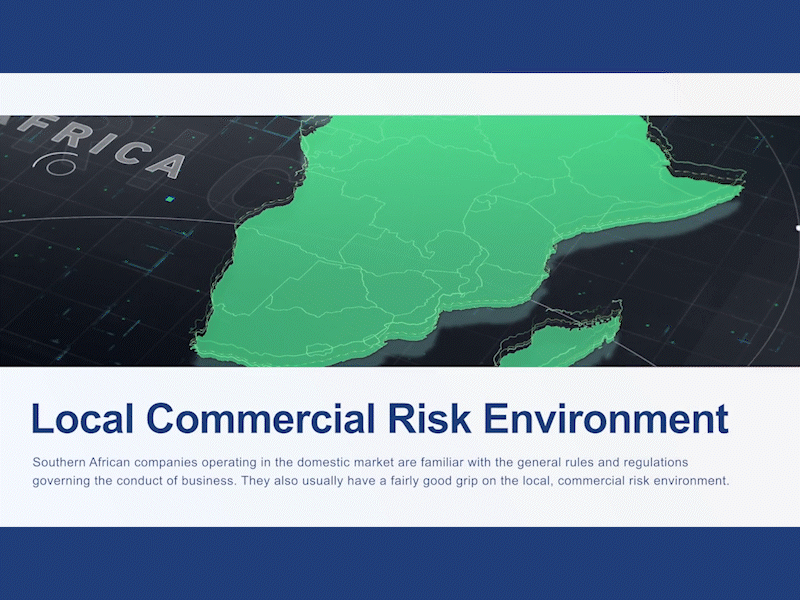
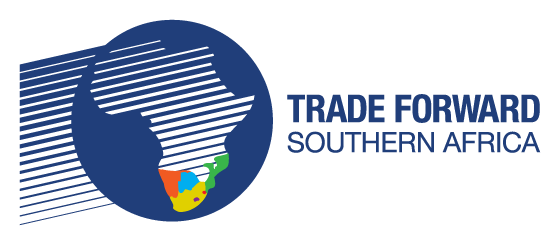





Leave a Reply